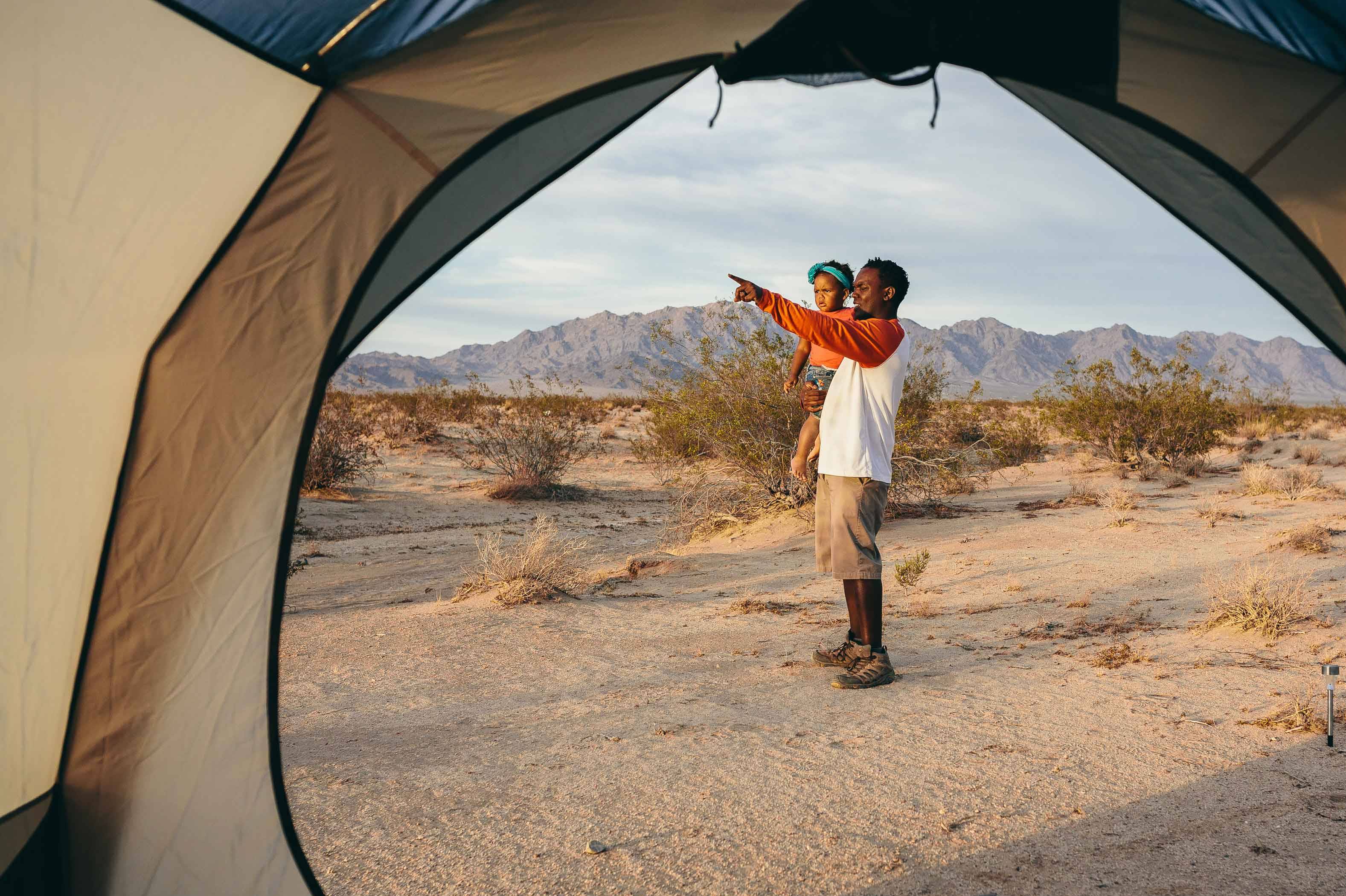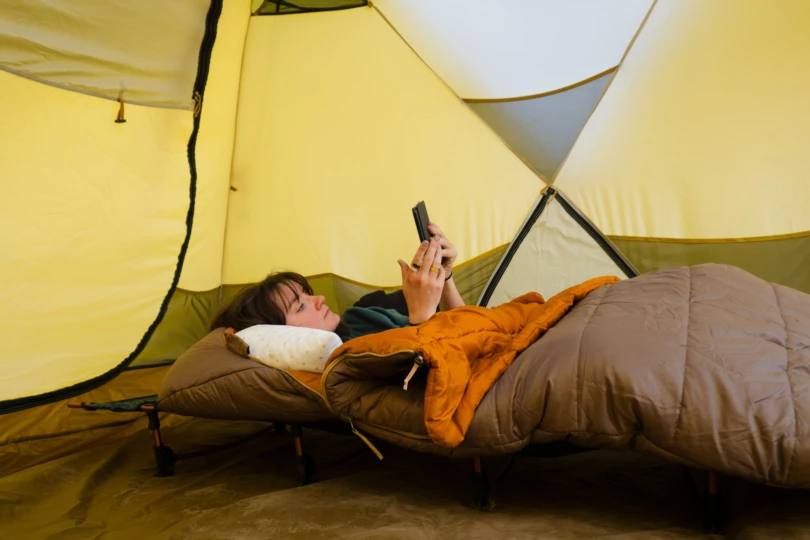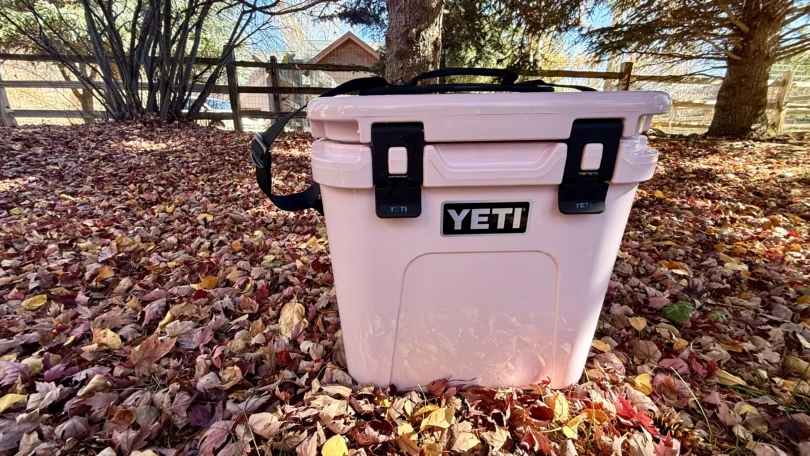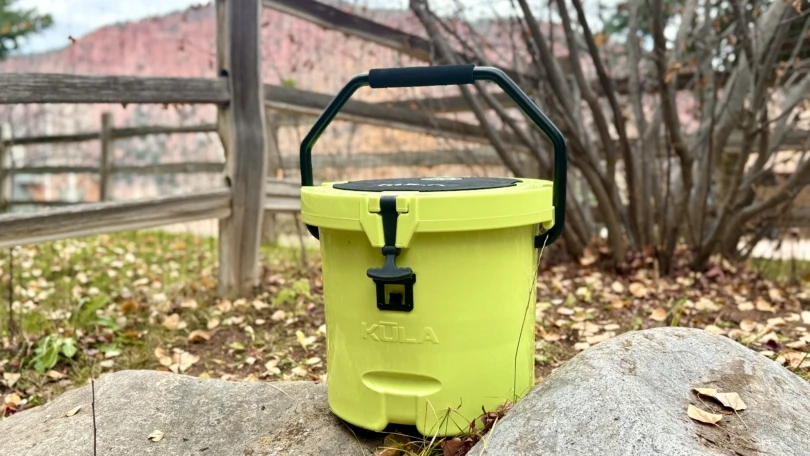Rare for a company in the outdoor industry, Silicon Valley has jumped on Hipcamp, investing significant funding rounds and bringing the brand’s value north of $100 million.
Alyssa Ravasio wants to change the world. As the founder and CEO of Hipcamp, she sees the outdoors as a powerful agent. Camping is a gateway to new perspectives. “I want to see a culture where people have a fundamentally different relationship with nature,” she said.
Ravasio runs an outdoor company in the heart of America’s tech scene. Based in San Francisco, the project she started in 2013 manifests today in an app connected to 300,000 campsites and properties, ready to reserve at a click.
Hipcamp is among a multitude of apps and websites built to aid campers in finding a place to stake a tent. But the 44-person company, which has plans to significantly scale, has aligned with a different demographic, including a younger and more diverse audience, as well as people considering camping for the first time.
The differentiation, and the mass adoption of campers downloading the Hipcamp app, has the rare eye of some of Silicon Valley’s most influential investors.
To date, Hipcamp has raised $41.8 million. And last week it was announced that one of the world’s most vaunted VC firms, Andreessen Horowitz, hopped on the Hipcamp train. The new round of funding totaled $25 million.
New Kind of Camping Experience
Beyond a slick app and dreamy, Instagram-influenced imagery, Hipcamp has opened up the definition of what camping can be. Namely, its offerings go beyond established campgrounds and government-managed state and national parks. Its playbook, a pivot that began in 2015, enables approved hosts to create profiles and broker overnight stays on private land.

The comparison to Airbnb is easy. People build profiles on the Hipcamp marketplace to highlight campsites for rent. These include drive-up tent sites, yurts, cabins, teepees, and RV-accessible parking spots.
I checked availability on the Upper Peninsula of Michigan, where my family is traveling later this summer, and noted an off-grid geodesic dome that’s reservable year-round.
From California to Maine, hundreds of thousands of spots are searchable on Hipcamp. A network effect has taken hold. Hipcamp has become a standout brand and default source for travelers as the cement hardens in the outdoor-accommodations space.

The Venture Capital Lift
The new funding brings Hipcamp’s valuation to $127 million, according to TechCrunch. Andreessen Horowitz was an early investor in Airbnb, Lyft, Facebook, and a litany of other unicorn brands. It sees Hipcamp at the nexus of “several cultural movements,” including the re-embracing of the outdoors; growth of travel and adventure-seeking industries; and land conservation and improvement efforts.
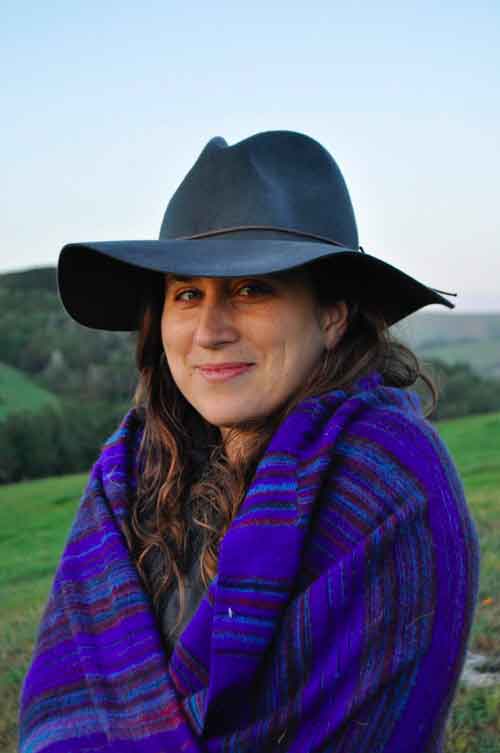
Those points come from Andrew Chen, a general partner at Andreessen Horowitz and a Hipcamp devotee. Chen said that his firm is “thrilled to support Hipcamp on their mission to ‘get more people outside.'”
In a press release, Chen noted that Hipcamp “can do that in a way that supports consumer desires while simultaneously creating meaningful revenue opportunities for landowners.”
Along with its millions in funding, Hipcamp announced that Chen will join its board. This was after he studied the company’s strategies and attended an overnight retreat this past spring with Ravasio and her staff at a Hipcamp-reservable ranch.
“Him coming camping was a big test passed,” Ravasio said. “Andrew understands the cultural movement around getting outside.”
Camping as a Cultural Trend
Ravasio is altruistic about the “nature effect” and getting new people to sleep under the stars. But she’s not coy to note Andreessen Horowitz and other investors — including, notably, Caterina Fake of Yes VC and Sarah Tavel at Benchmark — seek profits and returns.
Camping is on the upswing, Hipcamp notes. More than 78 million households in America camped at least once in 2018. That equals roughly 62 percent of all U.S. households, a majority of the populace driving to set up a shelter in the woods or pilot an RV and plug it in at the edge of a lake.
Further, Hipcamp cites more than 1.4 million households went camping for the first time in 2018.
Hipcamp sites are now available in every state throughout the U.S. The hosts and localities benefit from the visitors, Hipcamp touts, citing “millions of dollars [put] into rural economies.”
The company is hiring. Hipcamp is extremely bullish on expansion, if not beholden now with tens of millions of dollars hedged toward its growth.
But this doesn’t phase Ravasio. In our conversation, she seemed invigorated by the challenge. More than once on a recent phone call, she reiterated the company’s mission to enable new people to get outdoors.
Ravasio has faith in the community of Hipcamp hosts and campers, which is reaching a critical mass. “The culture we create and the community, we hope, keep not only a Leave No Trace theme but also a ‘leave it better’ goal as a top value.”
As for the investors, Ravasio said they will look for returns but have aligned with Hipcamp’s bigger vision for long-term growth. She said, “It’s a huge vote of confidence that the outdoors matters.”
Search your state for a campsite, yurt, or cabin at Hipcamp.com.
